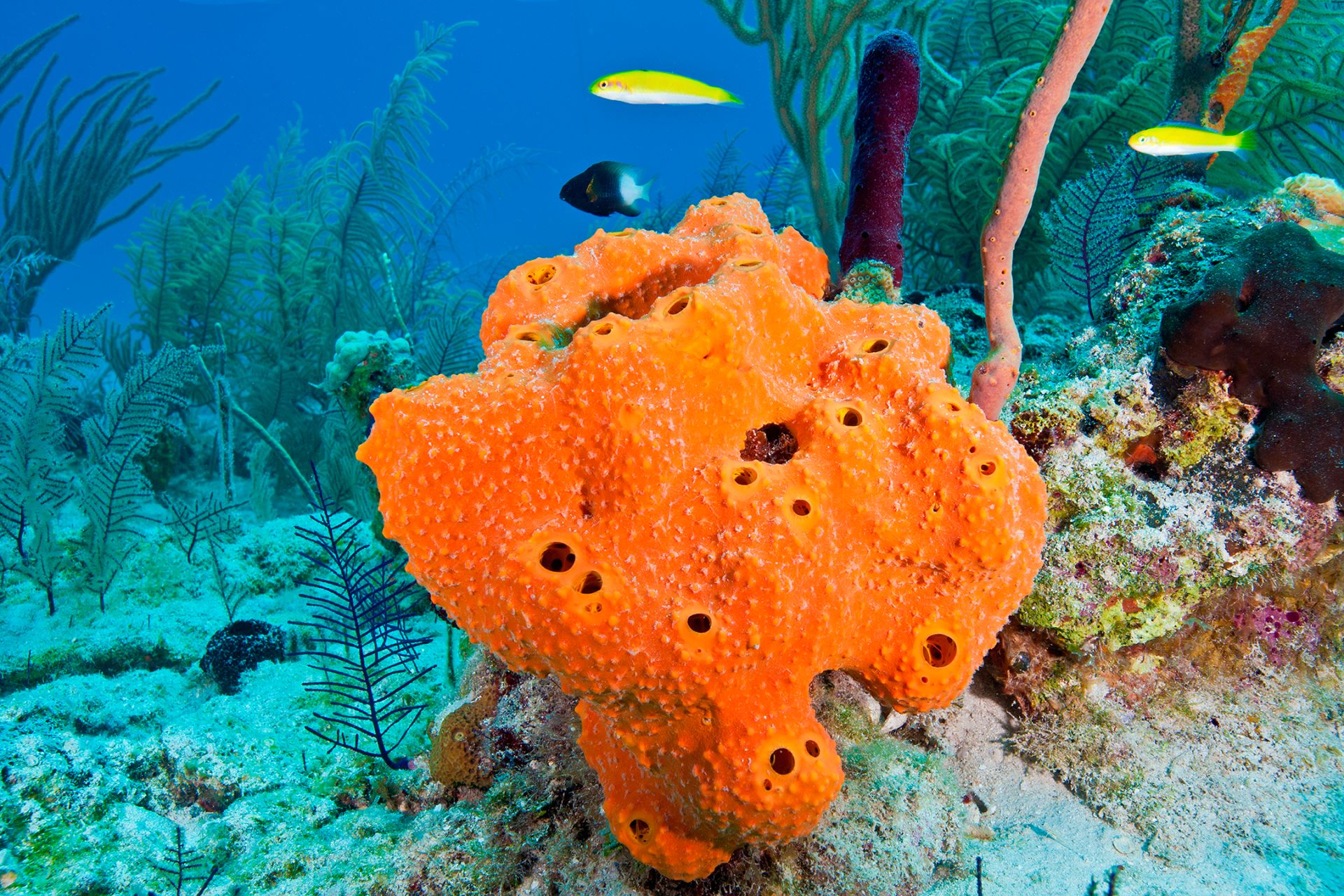Sponge is an aquatic animal that adheres to the hard surface of the seabed such as rocks and coral, and once attached, it does not move around. Although classified as an animal, it has neither a central nervous system nor a brain. The processed sponges that are sold and used for cleaning are only part of the animal. Some are omnibos that eat a variety of flora and fauna, but hawksbill turtles and leatherback turtles are specialists consisting primarily of sponges (hawksbill turtles) and leatherback turtles (leatherback turtles). .. Hawksbill turtles, for example, are found primarily in and around coral reefs where sponges of their main prey are found. Different types of sponges require different types of care. Many people have very specific needs for salinity, pH, temperature, etc. Owners of aquariums and experienced seawater tanks need to keep these particular items stable in order to keep the sponge healthy. You also need to feed the sponge.
animals.net Изображение: Is animals.net a sponge? Sponges are omnivorous animals that nourish from food particles in the water. Sea turtles, crustaceans, fish and echinoderms all prey on sponges. The sponge is hermaphroditic, meaning that it has both male and female reproductive organs.
Why are sponges classified as animals?
Sponges are omnivorous animals that nourish from food particles in the water. Sea turtles, crustaceans, fish and echinoderms all prey on sponges. The sponge is hermaphroditic. That is, there are both male and female reproductive organs. The next question is why sponges are classified as animals.
Is the sponge omnivorous?
Sponges are omnivorous animals that nourish from food particles in the water. Sea turtles, crustaceans, fish and echinoderms all prey on sponges. Sponges are hermaphroditic, which means they have both male and female reproductive organs.
What does sponge look like?
Sponge can come in a variety of shapes and colors. The texture of their body is very similar to the texture of your kitchen sponge. Both sponges and sponges in your kitchen get their texture from their pores. The pores are small holes in the body of the sponge that allow water, gas, and food to flow in and out.
What do I need to live in a sea aquarium?
Often there are very specific needs for salinity, pH, temperature, etc. Owners of aquariums and experienced seawater tanks need to keep these particular items stable in order to keep the sponge healthy. You also need to provide food to the sponge. Small particles from other fish baits become sponge baits.

Below you will find two helpful answers on a similar topic. 👇
How can you tell the difference between male and Female cockroaches?Where do you find brown banded roaches?
